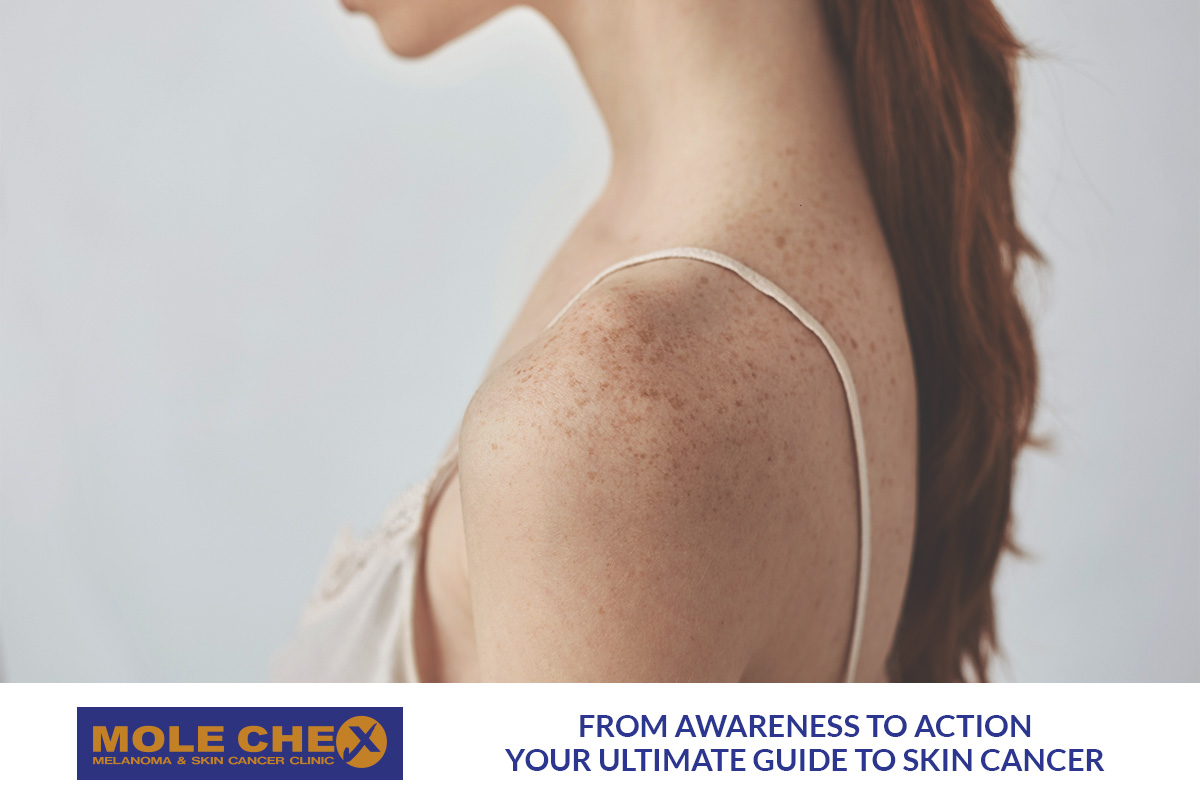From Awareness to Action: Your Ultimate Guide to Skin Cancer Prevention

Skin cancer is the most common form of cancer worldwide, yet it is also one of the most preventable. Effective prevention involves more than just applying sunscreen; it requires a comprehensive understanding and a proactive approach to protect your skin from harmful UV rays. This guide provides an in-depth look at skin cancer prevention strategies, moving from basic awareness to actionable steps you can take today to safeguard your skin’s health.
Understanding Skin Cancer Risks
Before diving into prevention strategies, it’s essential to recognize the factors that increase the risk of developing skin cancer:
- UV Exposure: The primary risk factor for skin cancer is prolonged exposure to ultraviolet (UV) light, which comes from the sun and artificial sources like tanning beds.
- Skin Type: Individuals with lighter skin that burns or freckles easily are at higher risk.
- Genetics: A family history of skin cancer can increase your risk.
- Geographical Location: Living in sunny or high-altitude areas where the sun’s rays are more intense.
- Personal History: Having a history of sunburns or previously diagnosed skin cancers raises your risk.
Step-by-Step Prevention Strategies
1. Maximize Sun Protection
- Sunscreen
Use a broad-spectrum sunscreen with at least SPF 30. Apply it liberally on all exposed skin, and reapply every two hours, or after swimming or sweating. - Clothing
Wear sun-protective clothing, wide-brimmed hats, and UV-blocking sunglasses. Fabrics certified with an Ultraviolet Protection Factor (UPF) provide the best protection. - Seek Shade
Whenever possible, especially during peak sun intensity hours between 10 a.m. and 4 p.m., seek shade under an umbrella, tree, or other shelter.
2. Avoid Tanning Beds
- Tanning Beds and Lamps
These devices emit UV rays that can increase the risk of skin cancer. Opt for sunless tanning lotions or sprays instead of using tanning beds.
3. Routine Skin Examinations
- Self-Exams: Regularly check your skin for new moles, changes to existing moles, or other changes in the skin’s appearance. Use a mirror or ask someone to help check areas you can’t see.
- Professional Screenings: Schedule annual skin exams with a dermatologist. They can spot potential skin cancers early, when they are most treatable.
4. Educate Yourself and Others
- Awareness Campaigns
Participate in or initiate awareness campaigns in your community to spread knowledge about skin cancer prevention. - Educational Resources
Use resources from reputable organizations such as the Skin Cancer Foundation or local health departments to stay informed about new prevention tips and treatments.
5. Adopt a Healthy Lifestyle
- Diet and Nutrition
Incorporate foods rich in antioxidants and Vitamin D into your diet. These can help protect your skin from UV damage and support overall health. - Regular Exercise
While it’s important to exercise outdoors for Vitamin D, ensure you protect your skin while doing so. This helps maintain a healthy immune system, which can be crucial in fighting cancers, including skin cancer.
Conclusion
Transitioning from awareness to action in preventing skin cancer is crucial for maintaining long-term health. By understanding the risks and adopting comprehensive preventative measures, you can significantly reduce your chances of developing skin cancer. Remember, the key to successful skin cancer prevention lies not just in one action, but in a consistent, integrated approach that includes protection, avoidance of high-risk behaviors, regular skin checks, education, and a healthy lifestyle. Take action today to protect tomorrow’s skin health.
Note: Molechex offers various kind of skincare and skin cosmetics services performed by certified and experienced skin doctors. The article is for information purposes to expose possible treatment options and medical advice anyone can opt for. This is not a medical opinion or advisory and any person opting for treatment. Molechex is advising to seek a professional’s advice before taking decisions. Book a consultation with skin doctor which help choose right treatments for the skin condition and individual health history. Finally, Molechex skin doctors appointments are available via Hotdoc. Book your initial consultation and start with your skin rejuvenation journey.
Learn more by reading other articles :
